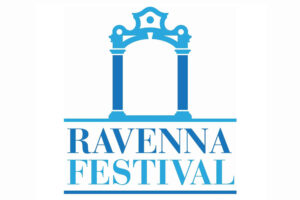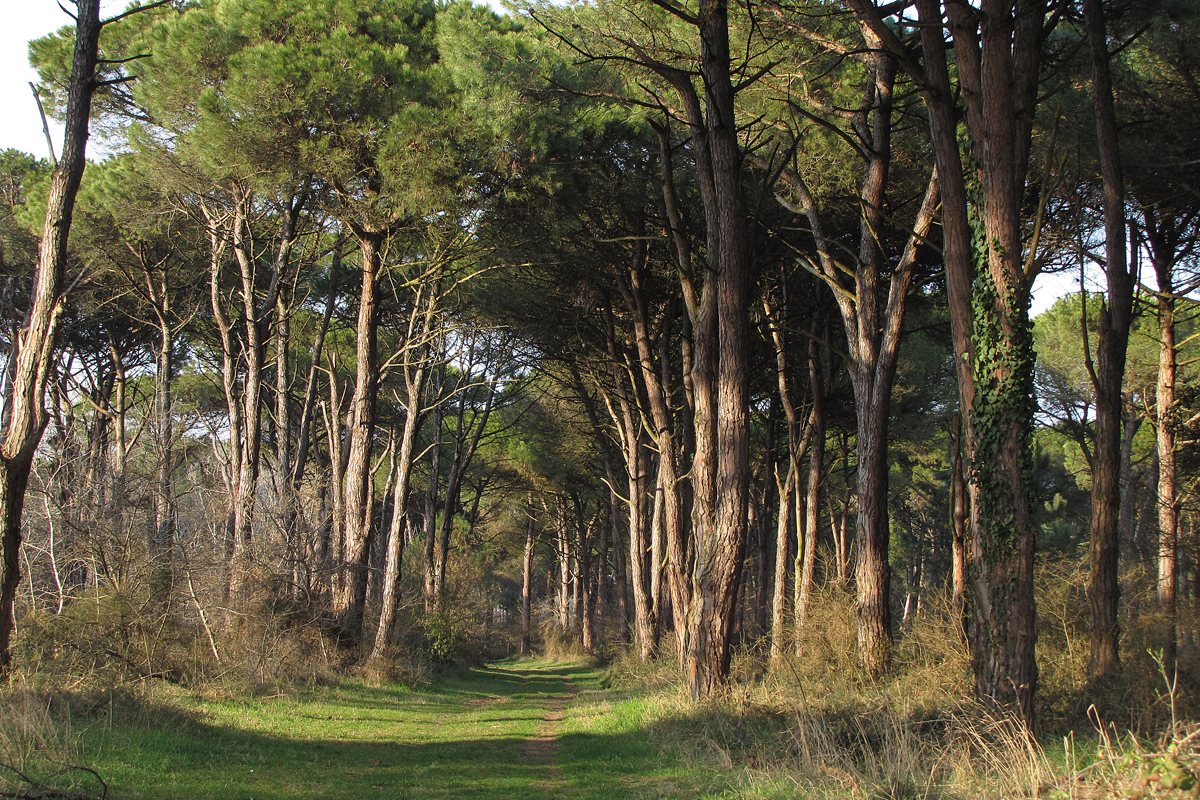Following the footsteps of the Supreme Poet doesn’t just mean walking across the city centre of Ravenna, where he lived, worked, met friends and scholars, but it also means moving away from the city.
Not far away, you will find a wholly different environment, a natural and wild area that the poet himself cherished.
Stretching south of the well-known Basilica of Sant’Apollinare in Classe, the PINE FOREST OF CLASSE is a very suggestive place that preserves a timeless fauna and evokes an unspoilt atmosphere, which enticed the Poet to take long walks across the coastal pine forest.
Landscapes, colours, patches of light and shade, were undoubtedly precious sources of inspiration for an artist in search of impressions and imagery. As a matter of face they proved to be useful material for recreating, in writing, the many descriptions that form the backdrop to the encounters in the Divine Comedy.
In Canto XXVIII of Purgatorio (vv. 1 – 21), Dante writes of the Pine Forest of Classe. On the last day of their mystical journey, the poet and Virgil enter this enchanting forest of Earthly Paradise —as the poet himself writes.
It is a welcoming forest of great beauty, in deep contrast with the dark forest describer in the first canto of Inferno. The air is fresh and light, rich in scents, with a pleasant breeze and birds chirping in perfect harmony.
Crossing the wood, Dante arrives at a river, where a very beautiful woman is walking. There she is, Matelda, singing and gathering flowers.
Now keen to search within, to search around
that forest – dense, alive with green, divine –
which tempered the new day before my eyes,
Compared to the other woods or forests depicted in literature, the Pine Forest of Classe is maybe the one with the greatest artistic and literary impact; the many quotations by famous poets and writers, written to pay homage to Dante Alighieri, are proof of this.
Giovanni Boccaccio, for instance, set the novella of Nastagio degli Onesti of the Decameron (day V, novella 8) right in this pine forest. Botticelli, on the other hand, portrayed the magic of this forest when painting Boccaccio’s novella.
Poet John Dryden made the Pine Forest of Classe known abroad; Lord Byron galloped through it during his stay in Ravenna; later, the many artists on the Grand Tour and many other scholars, over the centuries, stopped in this enchanted place to pay homage to the Supreme Poet.
Giovanni Pascoli even attempted an impossible feat in his poem L’eroe italico (The Italian Hero), bringing Dante and Garibaldi together.







